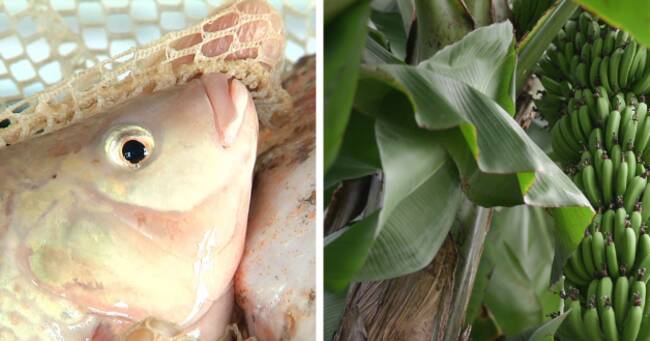Björn Oliviusson is a doctoral student at KTH's research facility for aquaponic cultivation, a method that is believed to have its roots in Asia.
He points out that energy-efficient greenhouses make it possible to grow the fruits we import locally in a more environmentally friendly way.
The KTH project grows fish and tropical plants in a greenhouse at Bergas naturbruksgymnasium in Haninge.
In their greenhouse, everything from bananas and papaya to vanilla and coffee beans are grown.
Aquaponics sometimes face setbacks for being energy-intensive and expensive for consumers.
But the price for keeping the banana price low, for example, is environmental degradation, says Björn Oliviussion:
- If we were to pay for the environmental damage that takes place in these countries, the price for bananas would be much higher.
The need for local production may increase
He claims that local production will pay off in the long run, especially if we suffer from climate change that can make it difficult to access the imported goods we are used to.
Local crops have become an increasing issue for producers as well as consumers.
Some oppose high carbon emissions from long-distance transport.
But Björn Oliviusson also wants to ensure that we have access to these foods in the future.
Climate change such as drought and water scarcity could make it more difficult and expensive to obtain food from countries that currently have large food exports.
Sweden can become an export country
Sweden actually has enough resources to be able to become an export country - if we sharpen up, according to Björn Oliviusson.
In addition to a well-functioning infrastructure, stable electricity networks and plenty of space, Sweden also has plenty of waste heat that can be converted into sustainable production.
- We produce as much waste heat as all the electricity we produce, he says.

